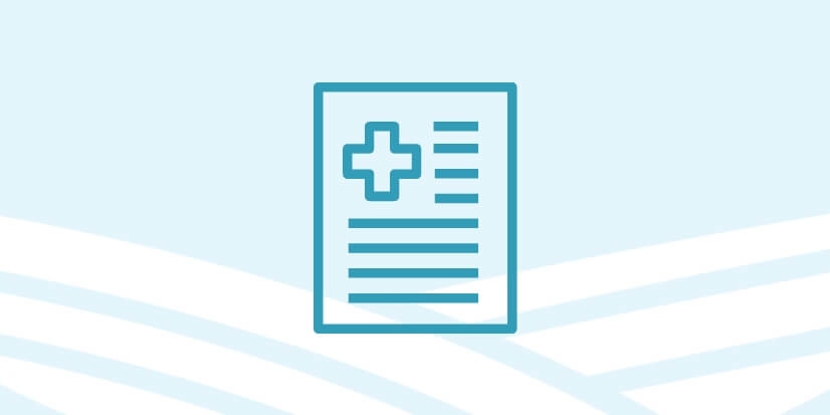Monitoring patients health from afar
- Category: Blogs
- Posted On:

Digital technology is revolutionizing the way patients receive healthcare.
Remote patient monitoring (RPM) is a new approach that allows medical providers to monitor patient health outside of conventional clinical settings, such as in the home or in a remote area. Armed with electronically received health data in their offices, providers can review and provide medical instructions to their patients without an in-person appointment.
How RPM works
- Providers identify patient health conditions to manage remotely. With patient consent, providers order or prescribe RPM.
- Patients are given a device to collect their health data at home. The most common RPM devices are blood pressure monitors, weight scales, blood glucose meters, and spirometers (measures breathing).
- The device captures patient health data and transmits it to providers through cellular networking or Bluetooth. Patients do not need internet or cell phone service themselves to participate.
- Providers analyze the data and give health/wellness guidance based on the results.
Patients who participate in RPM often have a chronic medical condition, such as hypertension, diabetes, chronic obstructive pulmonary disease (COPD), congestive heart failure (CHF), or COVID-19.
Remote patient monitoring was already gaining popularity before the COVID-19 pandemic. When the pandemic hit, the federal government recognized RPM as an efficient way for patients to receive healthcare, while reducing their travel and direct contact with others.
In a 2019 study by the Consumer Technology Association, patients cited the following benefits of RPM:
- It provides detailed information on personalized health
- It allows for faster access to healthcare services
- It gives patients greater influence on their own wellbeing
Though not required, patients who participate in an RPM program can also participate in a Mobile Integrated Healthcare program.


